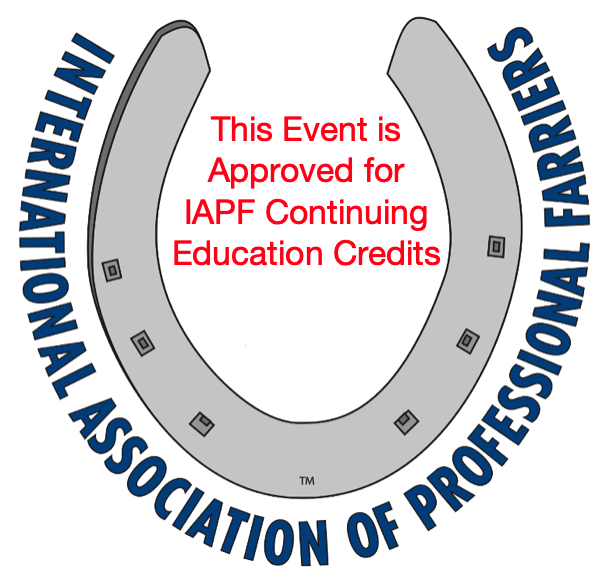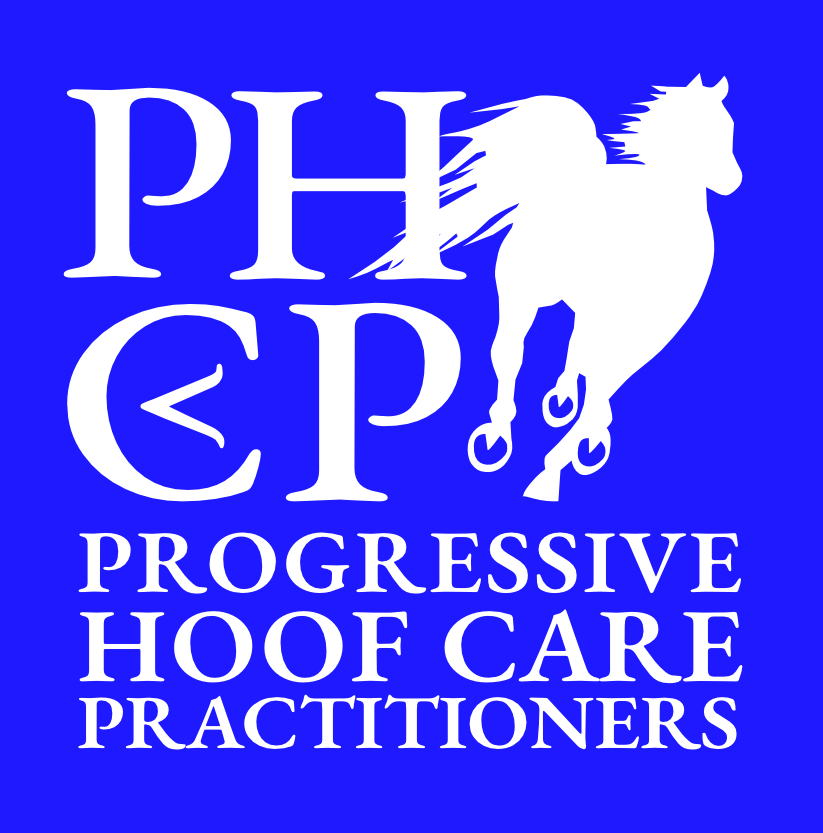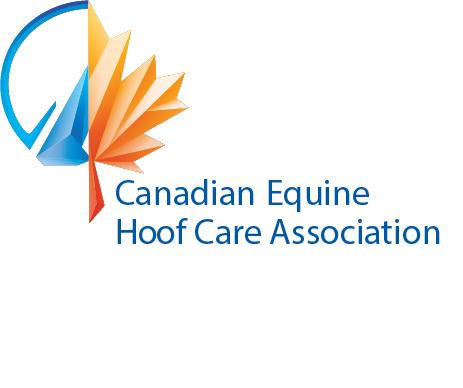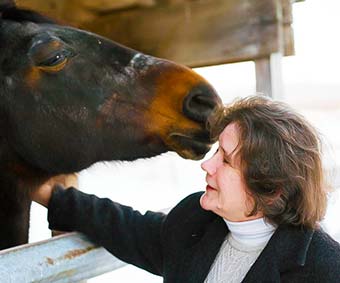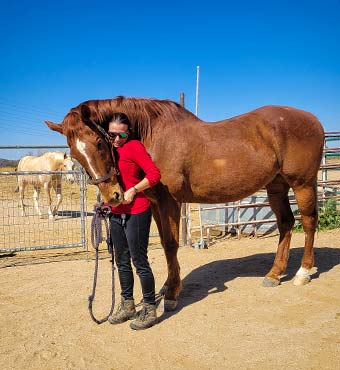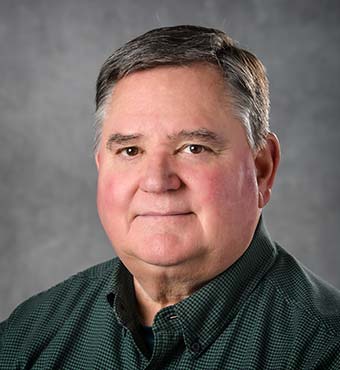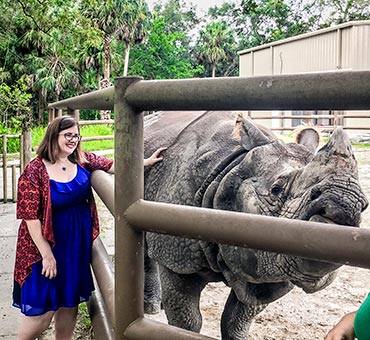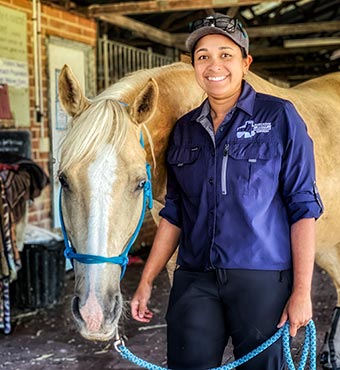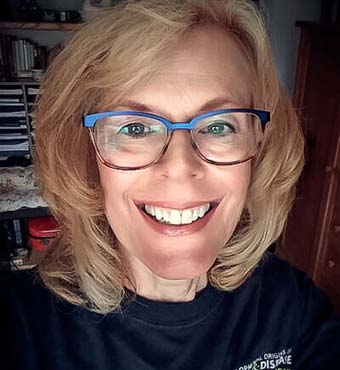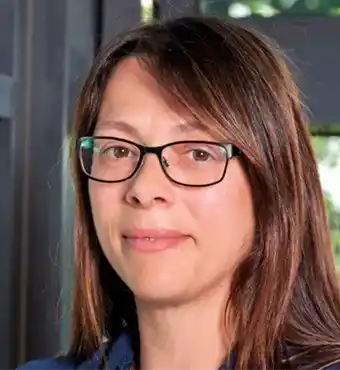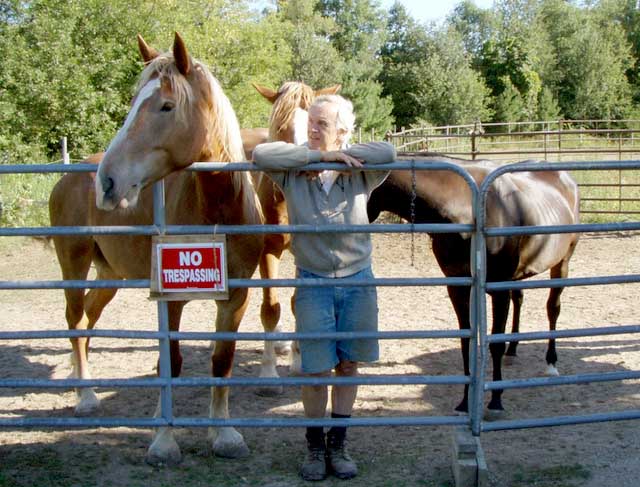Hours noted are approved by AAVSB/RACE for a total of 21 hours veterinary professional CE.**
| Thursday, October 30, 2025 |
| 5:30pm - 6:30pm |
Orientation ~ Meet your ECIR Group hosts, ,who will walk you through how this remote conference will unfold, and help you have the best conference possible. |
| Friday, October 31, 2025 |
| 7:30am |
SIGN IN |
| 8:00am - 8:15am |
Nancy Collins, ECIR Group Inc. President
Welcome |
| 8:15am - 9:15am |
Eleanor M. Kellon, VMD
**Early Signs of PPID.
This discussion will cover some of the lesser-known signs of early PPID and how these can alert you to this possible diagnosis. |
| 9:15am - 10:15am |
Eleanor M. Kellon, VMD
**Pergolide Dosage and Other ECIR Poll Results.
This lecture will discuss the reluctance of many veterinarians to go over a dosage of 2 mg/day for a horse, and will describe what happens if you do, as well as other insights from members of the ECIR group.
|
| 10:15am - 10:30am |
BREAK |
| 10:30am - 11:30am |
David Rendle, BVSc, MVM, CertEM, DipECEIM, FRCVS
**Obesity, Hyperinsulinemia, and the Curse of Laminitis.
This presentation is designed to aid in understanding the importance of obesity and metabolic disease in the development of laminitis. Attendees will learn to appreciate the importance of dietary management, exercise, and managing metabolism in promoting weight loss. We will explain why we need to be concerned about those horses that may not look that fat and understand how we can identify horses at greatest risk of laminitis. Additionally, we will look at how the management of hyperinsulinemia has evolved. |
| 11:30am - 12:30pm |
Suzanne Z. Gottschang, PhD, MPH
**Every Horse is Different: How Owners Navigate and Manage Equine Metabolic Disease and PPID.
This presentation draws on qualitative interviews among a sample of horse owners who manage one or more horses with EMS and/or PPID. It provides information about how horse owners must navigate their horse's medical situation in a context that 1) requires learning about current veterinary science and best practices for managing these chronic diseases; 2) finding local veterinarians with knowledge or interest in the latest science-based protocols and practices; 3) implementing medical and nutritional protocols in environments that may be less than ideal for treatment; 4) finding ways to introduce medicines and nutrients to the horse's diet successfully; and 5) manage the costs (time and money) that may limit possibilities for ideal treatment. Participants should gain an understanding of the complex web of constraints and opportunities that shape decisions and practices that individuals use to manage their horse's chronic disease. |
| 12:30pm - 1:30pm |
LUNCH BREAK & Break-Out Sessions
Visit with the ECIR Support Team and Benefactors to discuss various topics. |
| 1:30pm - 2:30pm |
Harold C. Schott, DVM, PhD, DACVIM
**Is PPID Parkinson's Disease of Equids?
Both PPID and Parkinson's Disease are caused by slow, progressive loss of dopaminergic neurons. Anatomic variation in the areas of brain affected likely explain differences in clinical signs. Unfortunately, both diseases are irreversible and medications only partly improve clinical signs. We will review current knowledge |
| 2:30pm - 3:30pm |
Kathleen Sullivan, PhD, MS
**Mitigating Iron Overload Disorder in the Black Rhino: Comparative Solutions to a Cross-Species Issue.
Iron overload disorder in the black rhinoceros can be mitigated by dietary change, phlebotomy, and targeted chelation. While over 36 species have documented iron storage or loading issues under human care, many have different and subtle iterations based on their physiology and ecology. These impact how iron-related dysregulation can be potentially diagnosed or, ideally, addressed. |
| 3:30pm - 3:45pm |
BREAK |
| 3:45pm - 4:45pm |
Elaine Norton, DVM, MS, PhD, DACVIM-LA
**Risk of Equine Metabolic Syndrome in Arabian Horses and Their Subgroups.
Equine metabolic syndrome (EMS) is influenced by both genetic and environmental factors with specific breeds being more susceptible to EMS. However, disease risk can also vary within breeds. In this session, we will discuss how the Arabian breed can be used to explore the differences in risk factor between different subgroups based on management and genetics. |
| 5:15pm - 6:15pm |
Question-and-Answer Session |
| 6:45pm |
CLOSE |
| Saturday, November 1, 2025 |
| 7:30am |
SIGN IN |
| 8:00am - 9:00am |
Jo Ireland BVMS PhD CertAVP(EM) FHEA FRCVS's
**Factors Affecting ACTH Concentration and Implications for Endocrine Diagnostic Testing.
Measurement of basal adrenocorticotropic hormone (ACTH) concentration and of ACTH concentration following administration of thyrotropin-releasing hormone (TRH; the TRH stimulation test) are the most commonly used diagnostic tests for pituitary pars intermedia dysfunction (PPID). A large number of very diverse factors can affect ACTH concentrations, and this presentation will review those factors that are most important in the context of PPID diagnosis, together with the potential implications for interpreting test results. |
| 9:00am - 10:00am |
Johan Bröjer, DVM, MSc, PhD, Dipl. ACVIM (LAIM), Dipl. ECEIM
**Mechanisms Leading to Hypertriglyceridemia in SGLT2-treated Horses (ECIR-Funded Research).
The purpose of this ECIR-funded study is to understand how the SGLT2 inhibitor, canagliflozin, affects the balance between two important hormones, insulin and glucagon, and how the metabolism of fat is changed. By understanding which factors are responsible for the uncontrolled increase in triglycerides in some horses, veterinarians will be better prepared to prevent these side effects. |
| 10:00am - 10:15am |
BREAK |
| 10:15am - 11:15am |
Kathleen Gustafson, PhD
**Nutrition Considerations for Equine Hyperinsulinemia.
EMS and PPID with hyperinsulinemia require dietary management to reduce the intake of hyrolyzable carbohydrates (HC). Equines with metabolic disorders have specific nutrient requirements that are at times overlooked in the quest for safe forage. This presentation will demonstrate how to select forage and supplement to meet nutrient requirements but stay within the recommended HC threshold of 10% or less. |
| 11:15am - 12:15pm |
Kathleen Gustafson, PhD
**Factors Affecting Forage Carbohydrates.
In this presentation, Dr. Gustafson will first review forage analysis terms and how carbohydrates are extracted from samples. Attendees can expect a review of several published works from around the world explaining the effects of various factors such as time of day, time of year, time of planting, differences in grass species, effect of shading, and effects of rotational grazing on carbohydrate accumulation in fresh grass and hay. She will also address the effects of various experiments using added carbohydrates on equine insulin, fecal pH, and laminitis, explaining key differences in symptoms and clinical presentation.
|
| 12:15pm -1:15pm |
LUNCH BREAK.
Break-Out Sessions — Visit with the ECIR Group Benefactors to discuss various topics. |
| 1:15pm - 2:15pm |
Priska Darani, PhD, PAS
**Effects of vitamin/mineral supplementation with or without jiaogulan on hoof growth, metabolic health, and nutrient status in mature horses.
This presentation will discuss the benefits of vitamin and mineral supplementation for faster hoof growth, providing recommendations for managing horses with poor hoof health or history of past laminitis. It will also discuss the role of jiaogulan supplementation in feeding programs and how to manage horses with metabolic health issues. The validity of blood testing for vitamin and mineral status will also be discussed, translatable to clinical practice and diet management. |
| 2:15pm- 3:15pm |
Eleanor M. Kellon, VMD
**GLP-1 — Friend or Foe?
GLP-1 Mimetics drugs are all the rage for people now. This presentation will discuss the state of our knowledge of where GLP-1 Mimetics might fit in with equine obesity and metabolic syndrome. |
| 3:15pm- 3:30pm |
BREAK |
| 3:30pm - 4:30pm |
Eleanor M. Kellon, VMD
**Hypertriglyceridemia with SGLT2i — Biochemistry and Management.
Hypertriglyceridemia is the most common side effect of the -flozin drugs. The likely reason for this complication and strategies for managing it will be discussed. |
| 4:30pm - 5:30pm |
Tania Sundra, BSc.(Hons) BVMS MANZCVS (Equine Medicine)
**Veterinary Experiences with SGLT2 Inhibitors.
This presentation is designed to help horse owners understand the safe and responsible use of SGLT2 inhibitors, a new treatment option for managing hyperinsulinemia in horses. We 'll explain how these medications work, what they do to support horses with conditions like laminitis, when they may be appropriate, and why careful use is essential. We 'll cover practical tips for monitoring your horse during treatment, recognizing potential side effects, and ensuring the best outcomes. Using real-life case examples, this session will provide owners with the knowledge to discuss this innovative therapy confidently with their veterinarian. |
| 5:30pm - 6:30pm |
Question-and-Answer Session |
| 6:30pm |
CLOSE
DON'T FORGET! Daylight Saving Time tonight! Set your clocks back one hour. |
| Sunday, November 2, 2025 |
| 7:30am |
SIGN IN |
| 8:00am - 9:00am |
Robert M. Bowker, VMD, PhD
**How Does Foot Anatomy Change to Become "Normal?".
Trimming and loading the foot requires knowledge as to how the foot "works" in terms of distributing loads through the tissues to limbs and how these forces may be dissipated without harming them. Without such knowledge, the morphology of the foot can change depending on whether the loads are primarily distributed through the hoof wall, through the solar surfaces, or through a blend of both. How these tissues change in response to these forces is really not well appreciated nor is it entirely known. These adaptive structural changes occur for the better, or often for the worse, as the bones and other connective tissues will be affected, as well as a change in the perfusion of the foot during loading. Many of these changes often result in clinical signs of lameness and radiographic diagnoses of disease. Understanding these changes can be important for correcting them and improving the health of the horse. Examples of these changes and how they occur will be presented, including how we may correct them. |
| 9:00am - 10:00am |
Robert M. Bowker, VMD, PhD
**Loading of the Foot Can and Will Alter the Shape and Structures of the Digital Bones.
It is assumed that the digital bones (P1, P2, and P3, including the navicular bone) are symmetrical and that any asymmetrical appearance is likely to be the "natural conformation of the horse." This idea of "natural conformation" usually has some degree of a genetic influence on their overall morphology. This asymmetry in the shapes of the distal phalanx and navicular bone has been mentioned previously, but few have examined other bones of the digit in terms of their symmetry or degree of asymmetry. Through dissections and harvesting of bones from horses at necropsy, we have observed that few bones are perfectly symmetrical in shape from one side to the other. The population includes a wide age range of horses along with various horse breeds. While the degree of symmetry, or asymmetry, can vary depending on the criteria one uses, the extent of the foot's symmetry, or its asymmetry, seems to be related to environmental influences, especially on how the foot is trimmed and loaded. Such loading of the foot will also have important clinical implications. This asymmetrical appearance, however small, may even have implications for the overall support structures of the foot itself. Knowing these observations can allow the trimmer or farrier to correct them and permit improved building a better health of foot and limb tissues. |
| 10:00am - 10:15am |
BREAK |
| 10:15am - 11:15am |
Robert M. Bowker, VMD, PhD
**Hoof Wall Growth and How Does the Hoof Adapt to "Normal" Loading?
While the anatomy and growth of the hoof wall have been described many times, especially as it relates to laminitis, our understanding of how the hoof wall and sole can grow, adapt, and change between the coronet and the distal wall at the ground has not been fully explored in the literature. While studies have examined the morphological changes associated with induced laminitis or naturally occurring laminitis, these changes are usually described to be related to the disease process, such as changes in the hoof wall and laminae structures, tissue perfusion changes, rotation, etc. We have examined the dorsal hoof wall between the coronet and ground surface and sole in hooves from young horses (foals) to older adult horses. By examining the same laminae in serial sections of the hoof wall between the coronet and the ground, definite morphological changes in the epidermal cells within the primary and secondary epidermal laminae were evident. These observations indicate that during distal descent growth of the hoof wall, epidermal cells normally undergo changes in their movements, cellular migration, and even maturation (changes in cell sizes). These changes have important implications for cellular changes occurring during laminitis. |
| 11:15am - 12:15pm |
Robert M. Bowker, VMD, PhD
**Anatomy of the Palmar Foot and the Presence of a Flexible Skeleton in Healthy Feet
While the digital cushion (DC) has been described in several anatomical texts, no consistent structural framework within the DC has been emphasized or described. Usually, cellular elements — adipocytes, collagen fibers, etc. – have been documented within the DC, and these components describe the DC as being a large cushion," and this cushion" functions in serving to dissipate energy, etc. We have examined many feet and have observed that the palmar foot of healthy feet, a fascial support system exists between the pulvinus ventral to the DDFT and extends to the frog stay and other areas of the palmar foot. This flexible skeleton is intimately involved with the vascular system present within the palmar foot. Depending upon the loading of the foot, including the frog and DC, this flexible skeleton is often compromised as the frog atrophies and the fascial sheets between these structures are destroyed, or damaged, as the caudal heel support tissues are damaged through our trimming and shoeing practices. However, this flexible skeleton can recover with proper trimming protocols. Knowing how to correct these problems is critical to a healthy horse. |
| 12:15pm - 1:15pm |
LUNCH BREAK
Break-Out Sessions — Visit with the ECIR Group Benefactors to discuss various topics. |
| 1:15pm - 2:15pm |
Robert M. Bowker, VMD, PhD
**Long Toes Seem to Dominate the Feet of the Domestic Horse. How Does this Happen?
How do long toes come about? How and why are long toes a problem in horses? Can the long toe be prevented or corrected? If not, what can we do to help the horse? Or are they really a problem? This area of podiatry requires knowledge of the foot in terms of its responses to trimming. |
| 2:15pm - 3:15pm |
Robert M. Bowker, VMD, PhD
**Is the Blood Supply to the Frog and Digital Cushion, as the Anatomy Books State, Scant?
The blood supply to the palmar foot, including the artery of the digital cushion and the digital arteries around the foot joints, have been described in several anatomical textbooks and papers as scant, with few major blood vessels. While emphasis has been placed on the blood supply to the dorsal hoof wall as it relates to laminitis, the palmar foot's blood supply has been less talked about regarding its physiological functioning, especially with an atrophied versus a healthy frog. Descriptions of the palmar foot's blood supply have relied upon a classic vascular pattern of vessels exiting the heart as arteries, becoming smaller vessels through the limbs and feet, before becoming capillary beds before returning to the heart as venules and veins. In this lecture, conference attendees will see research that shows that this classic pattern (artery-capillary-vein) is not the main pattern within the horse's foot, but has a pattern that's unique to the foot's special functions! |
| 3:15pm - 3:30pm |
Break |
| 3:30pm - 5:30pm |
Question-and-Answer Session |
| 5:30pm |
CLOSE |

